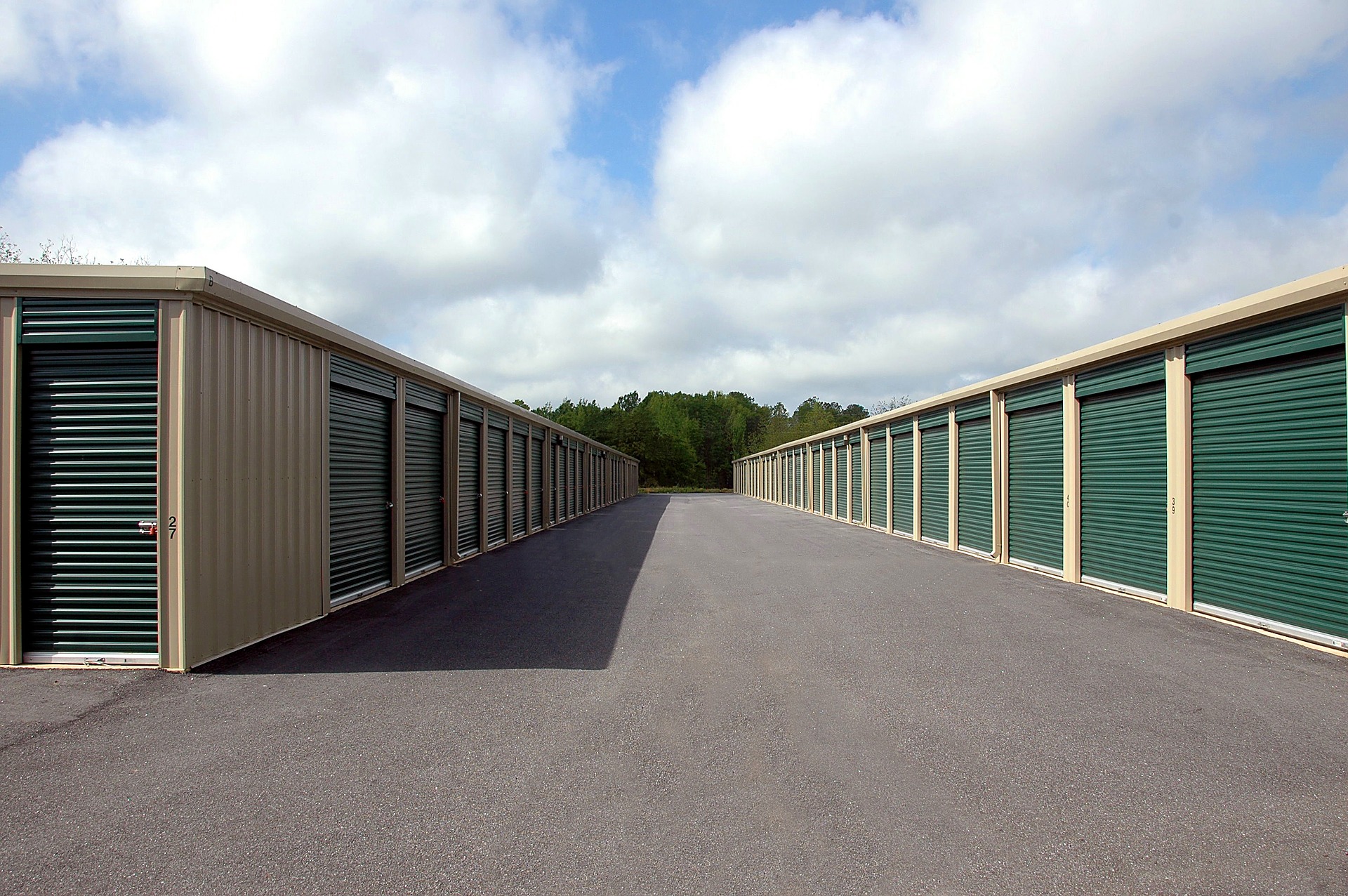Off-Site Storage:
Tips Before You Rent
Whether you are moving or simply need more storage space, The Practical Sort offers some tips to help guide you through the storage rental process. Click here for downloadable version.
Location
Decide if you want an indoor or outdoor unit.
Outdoor units may provide easy access for drive-up. Indoor provides an extra-level of security against personal and weather-related intrusion although sprinkler systems can be a source of water damage for any indoor units.
Consider placing pallets on the ground and stack your possessions on them for an added level of protection against water damage.
Climate-controlled
Climate controlled units are recommended for storing electronics, artwork, expensive furniture.
Determine if climate control covers heating, cooling and humidity. Some provide only heating.
After removing electronics from unit, always let them sit for some time at room temperature before plugging them in.
A surcharge is typically added for climate-controlled units .
For tips on reducing humidity/moisture in storage units: http://homeguides.sfgate.com/put-storage-building-keep-moisture-down-47164.html
Security
Some storage companies have a resident manager. They live onsite and provide an extra level of security.
Are there security cameras?
Is there a barbed-wire fence surrounding the property?
Coded gate entry to access outdoor units?
Are there indoor units with coded access?
Carefully consider the type of lock you use. Regardless of the level of security provided by the facility, without a reliable lock resistant to cutting or hacking, you may risk losing your possessions.
If you forget the combination on a combination lock or you lose a key, consider how you will access your unit. Spare keys are recommended.
For outdoor units, be sure the lock is made of stainless steel to prevent rust.
Either indoor or outdoor locks may be used for indoor units.
To weigh the pros and cons of the security and size of different style locks, visit: moovein.com/which-lock-is-the-best-lock-to-use-to-secure-my-storage-unit or movingguru.com/movingguide/best-locks-for-storage-units
For an extra charge, the storage facility may sell locks that they recommend.
Insurance
Some facilities require proof of homeowner’s or renter’s insurance prior to rental.
If you do not have insurance, check with the company to see if they offer a policy, rate quote, and coverage.
Typically the storage company’s liability insurance only covers the building, not renters’ possessions.
Accessibility
Inquire about accessibility hours.
Will you have unlimited access during those hours? Some facilities will require a staff member to escort you to your unit and there could be a fee each time.
Are there limits on the number of times per month that you can visit? This is typically the case with storage provided by moving companies.
Fees
In addition to your monthly rental, are there other fees such as administrative fees? Move-in, move-out fees?
Are rates pro-rated if you move in or out mid-month?
Billing
What are their methods of billing?
Will they send you a billing reminder?
Payment options?
Are there late payment fees?
Sizing
Identify the number and sizes of furniture, appliances and other large non-boxed items that will be placed in storage.
Estimate number of boxes to be stored.
Visit sites such as: extraspace.com/Storage/Tips/Selecting-a-storage-unit.aspx for visuals on sizing up storage capacity. For example, a 5x5 equates to a small closet; 5x10: small walk-in closet; 5x15: large walk-in closet; 10x10: half of standard one car garage; 10x15 slightly smaller than standard one car garage; 10x20: standard one car garage; 10x25: slightly larger than one car garage; 10x30: 11/2 car garage.
Packing
Use heavy duty moving boxes or plastic bins.
Seal boxes well with packing tape.
Use colorful packing tape or pre-labeled room tape to rapidly identify room destinations, and clearly mark boxes containing fragile items. Label all sides for easy identification.
Keep an inventory of box contents.
Photograph possessions particularly any high value items prior to storing.
Record manufacturer, model, and serial numbers, date of purchase and price paid if possible in the event of insurance claims.
Place heavy boxes on the bottom and fragile boxes on the top. Keep stacks at approx. 4 boxes high.
Avoid placing boxes on sofas which may cause indents. Place boxes on sturdy furniture only.
Be sure boxes that will need frequent access are placed in an easily accessible location within the unit.
Use furniture drawers and cabinets to store items.
Break down furniture as much as possible. Remove feet from sofas. Put small pieces and screws into a plastic bag and tape to corresponding furniture (underside), appliances, and electronics.
Wrap furniture legs with bubble wrap or furniture padding or covers to prevent damage.
Drain fluids from any appliances or equipment and let dry for at least 48 hours prior to packing.
Miscellaneous
Before you go: determine personal ID requirements to rent. Bring proof of homeowner’s or renter’s insurance.
How far in advance do they require/accept reservations?
How far in advance do they require move-out notification?
Check to see if they offer promotions. Some may provide move-in truck with rental or offer partner discounts for moving services.
Note dispute resolution provisions.
Inherently dangerous items are typically not permitted in storage facilities such as combustibles, household hazardous waste, plants, animals, and perishable foods. If you are unsure about whether a particular item is permissible, check with the management.
For tips on packing furniture for storage: homeguides.sfgate.com/store-furniture-climate-control-20269.html
For tips on packing washing machine for storage: homeguides.sfgate.com/prepare-washing-machine-storage-20311.html
For tips on prepping and storing a refrigerator: homeguides.sfgate.com/store-unused-refrigerator-27582.html
Be sure to visit any storage facility prior to reserving a unit.
Note: This guide is intended to provide a list of practical tips. The Practical Sort Eco-Organizing Solutions is not responsible for any loss or damage as a result of any of the tips provided, nor is the company making any express guarantees. So please exercise due diligence when preparing to store your possessions. Do your research prior to signing any contracts.
Need assistance prepping your home for sale, organizing a move or just general organizing projects? Contact The Practical Sort Eco-Organizing Solutions and we will get you sorted.




